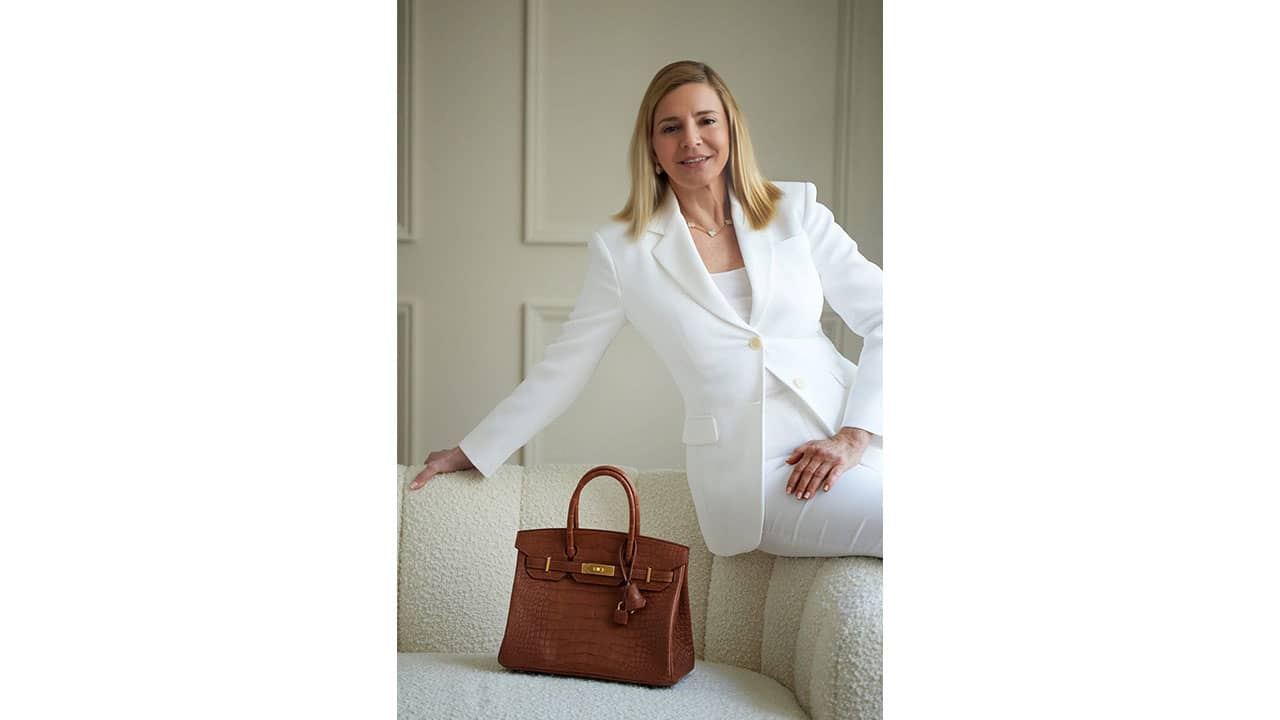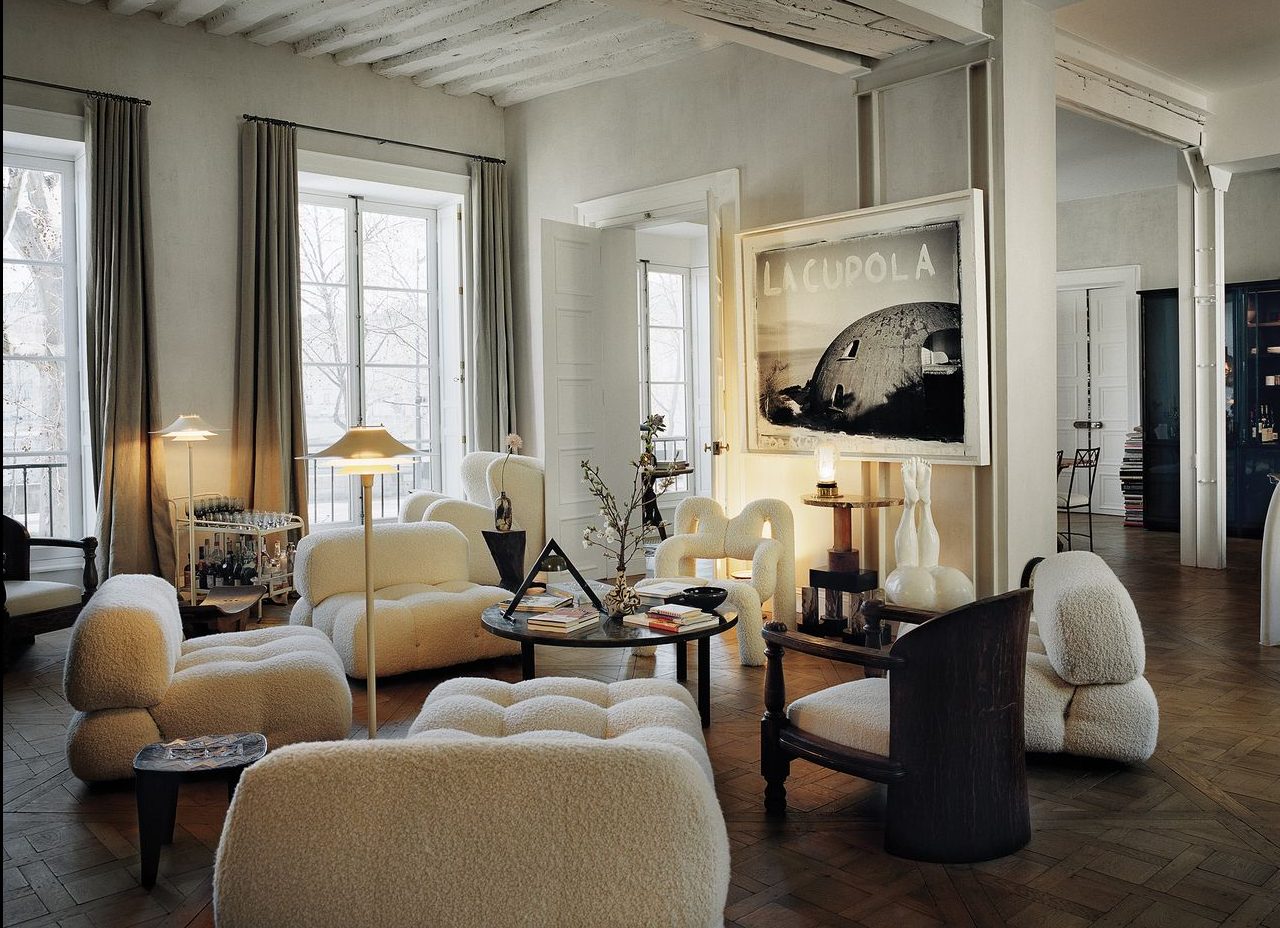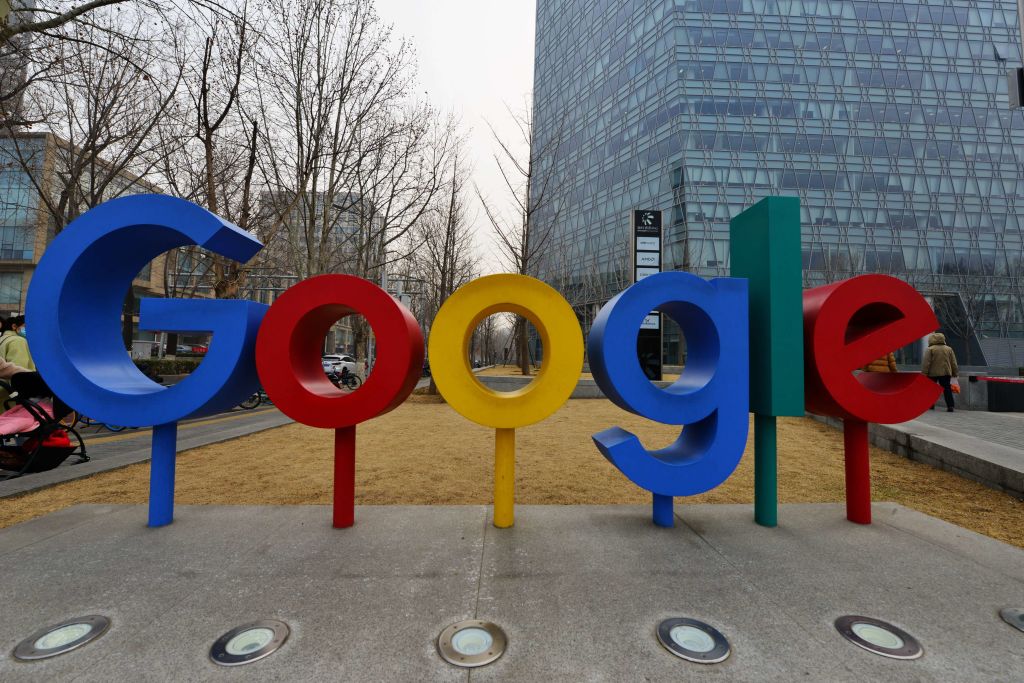The impetus for Judy Taylor to start her luxury handbag and jewellery resale company Madison Avenue Couture dates back to her career in investment banking more than two decades ago. At the time, she was an avid shopper for high-end clothing and had built a sizeable collection of corporate wear from designer labels.
Taylor eventually took an extended break from banking to travel the world and decided to sell the clothing on eBay.
“I was surprised at the money I netted by selling these used items and realized the potential of the online resale market,” Taylor says. “Not being someone to let an opportunity pass, I began to buy and sell new and almost new luxury clothing, shoes and handbags and saw how much they were in demand.”
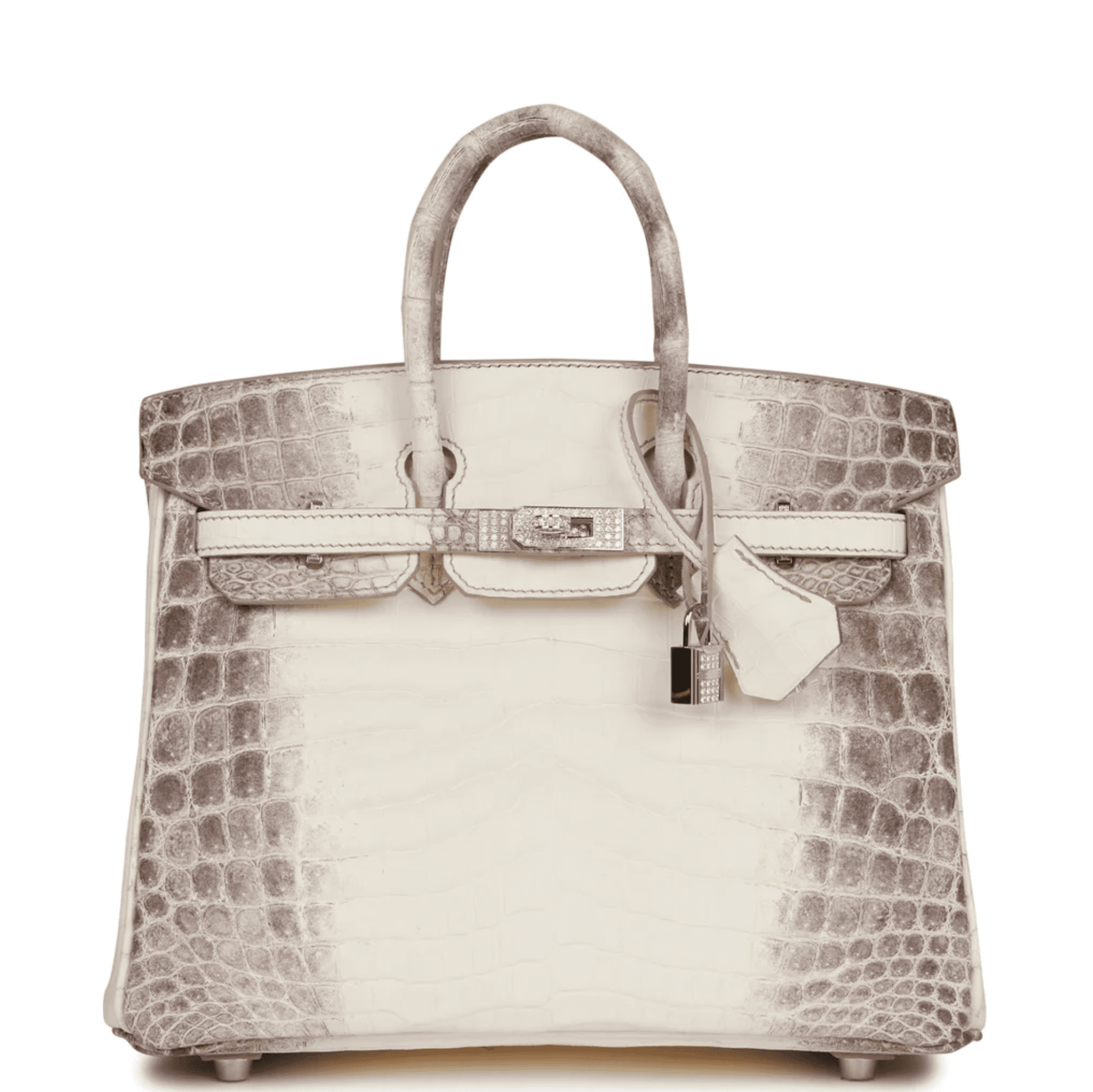
Courtesy of Madison Avenue Couture
Her homespun venture quickly grew into a full-fledged profitable business, and in 2010, she established Madison Avenue Couture. Today, the brand bills itself to be the largest online independent reseller of new and never-worn Hermès holy grail bags, primarily Birkins and Kellys that are nearly impossible to find. It also sells a selection of pre-owned collectible and vintage Hermès, Chanel, Goyard, and Louis Vuitton bags, Hermès and Chanel jewellery, and accessories and sought-after fine jewellery.
Taylor says that her company enables any consumer with the means to buy highly in-demand goods.
“You can’t just go into Hermès and buy a Birkin because there usually aren’t any available, and if they are, customers are limited to buying two bags a year,” she says. “Chanel has also limited purchases since Covid, and other brands have imposed restrictions.”
According to Taylor, these tactics have increased market demand and have enabled luxury labels to increase their prices. However, since supply cannot meet demand, consumers are increasingly reaching out to the resale market, including her company, for these items.
“Our business continues to grow, and we have an extensive network to source handbags and jewellery,” Taylor says. “Unlike much of the traditional resale market, our items are primarily new and never used and carry a premium over [the] retail price.”
Taylor, 59, speaks with Penta about her company and the luxury resale market overall.
Can you talk about how the luxury resale market for handbags and jewelry has evolved in recent years, especially since the pandemic?
About three weeks into the pandemic, we started getting orders. They were slow at first but then accelerated.
With retail stores closed and travel restricted, people turned online to shop. The only place to purchase new Hermès and Chanel handbags was online and from dealers on the secondary market. They became comfortable with buying these brands online. Sales increased by 60% in 2020 and doubled in 2021, compared to the prior years. Even after the brand boutiques opened and travel resumed, online sales continued their momentum. Our sales quadrupled from 2019 to 2023.23.
Who are your customers, and have they changed over the years?
Our clients are primarily those who have disposable income and love to spend it on beautiful things. Partners of hedge funds, investment bankers and law firms, self-made entrepreneurs, physicians and dentists, celebrities and socialites represent the bulk. But we always have the aspiring—those for whom buying a Birkin or Kelly is a bit of a financial stretch.
What are the advantages of buying a resale bag or piece of jewellery?
Hermès and Chanel do not offer their handbags online. While Hermès.com may offer one or a few small bags on occasion, they are sold out in seconds. The same goes for branded jewellery, notably Van Cleef & Arpels. Try purchasing a popular VC&A Alhambra piece online or in one of their stores to take home immediately—it is almost impossible.
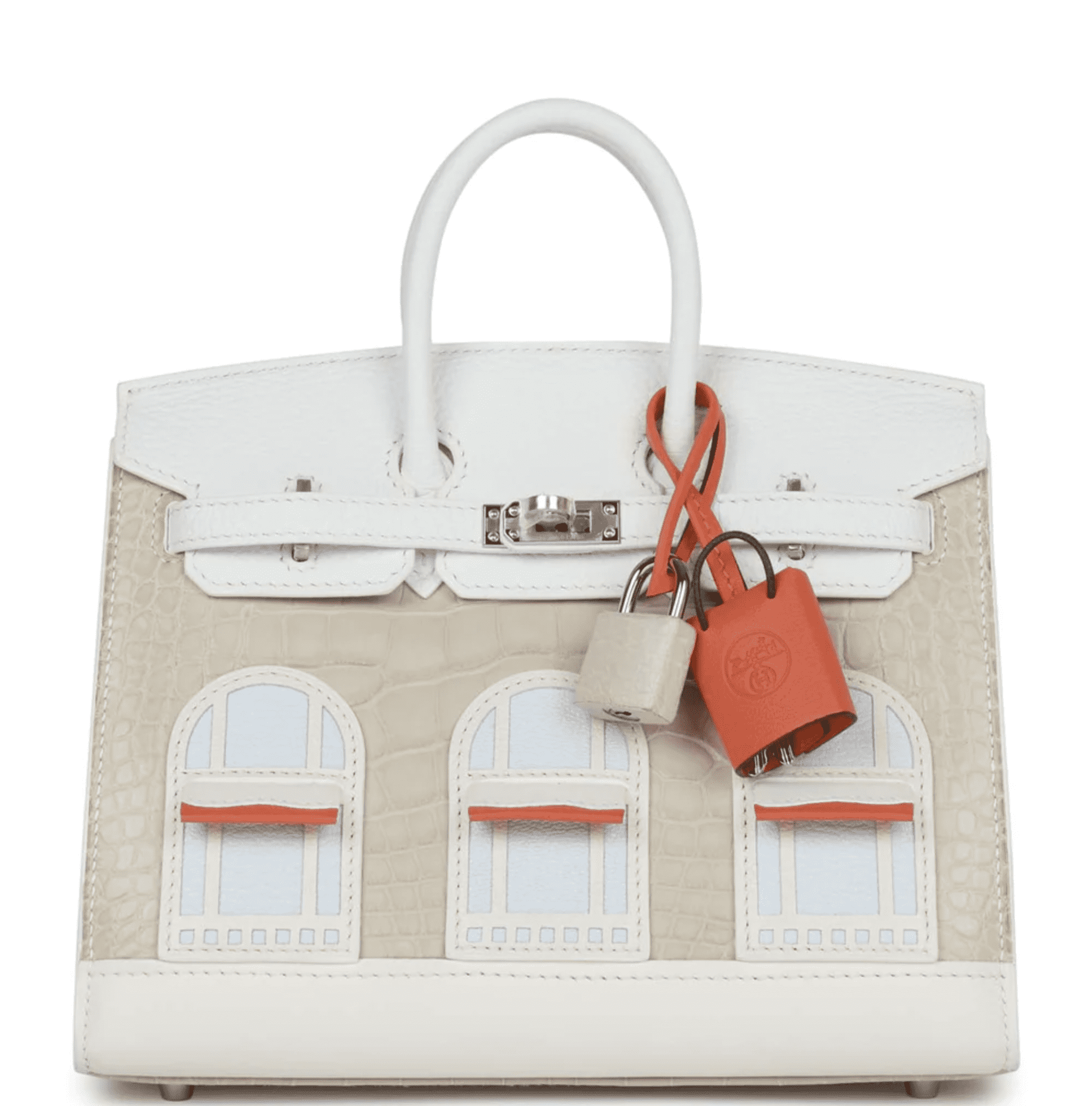
Madison Avenue Couture
The second is ease of purchase. Hermès has made getting a holy grail bag almost a “blood sport.” The machinations that someone goes through to get a Birkin or Kelly are anxiety-producing for most. First, you need to find a friendly sales associate. Then, a profile must be built, which involves spending on Hermès goods that are not leather handbags. The more the spend, the greater the chance of getting a handbag. Expensive furniture, fine jewelry, and watches have the greatest sway. Scarves or a pair of shoes won’t bat an eyelash. The amount needed to be spent is unknown, but we’ve heard it could be significantly more than the price of the bag. Plus, there is no guarantee that it will result in getting the bag of your dreams.
In the secondary market, you can pick the bag of your dreams without the hassle and stress of building a profile.
How do you source your items, and how are you able to guarantee their authenticity?
We purchase from individuals and other handbag dealers primarily. We usually get the original store receipt or a copy of it for most bags we purchase, which establishes provenance. Regardless of having the receipt or not, every bag goes through in-house and third-party authentication. We chose who we believe to be the best independent authenticators of Hermès and Chanel, which is where we find the most counterfeits.
What are some of the most in-demand brands and items for buyers who can afford them?
Hermès and Chanel handbags are generally in demand by professional and affluent women and men who give them as gifts. Goyard is popular because it evokes quiet luxury. In jewelry, we see the greatest demand is for Van Cleef & Arpels pieces, particularly the Alhambra series.
What advice do you have for people who want to find a specific piece from a source outside of the brand itself?
We recommend that people purchase only from dealers who guarantee authenticity and have a history of selling only authentic bags.
Furthermore, rely on a reseller that has its inventory on hand like us. We have already checked the condition, verified authenticity, and confirmed availability. Marketplaces, which aggregate different vendors, cannot know for certain if an item is available, in the stated condition or authentic. (Some authenticate after the item is sold, which delays getting the item.) Resellers that do not have an item in stock will source it, which can take weeks and may not be in the condition described.
This interview has been edited for length and clarity.
 Copyright 2020, Dow Jones & Company, Inc. All Rights Reserved Worldwide. LEARN MORE
Copyright 2020, Dow Jones & Company, Inc. All Rights Reserved Worldwide. LEARN MORE
What a quarter-million dollars gets you in the western capital.
Alexandre de Betak and his wife are focusing on their most personal project yet.
CIOs can take steps now to reduce risks associated with today’s IT landscape
As tech leaders race to bring Windows systems back online after Friday’s software update by cybersecurity company CrowdStrike crashed around 8.5 million machines worldwide, experts share with CIO Journal their takeaways for preparing for the next major information technology outage.
Be familiar with how vendors develop, test and release their software
IT leaders should hold vendors deeply integrated within IT systems, such as CrowdStrike , to a “very high standard” of development, release quality and assurance, said Neil MacDonald , a Gartner vice president.
“Any security vendor has a responsibility to do extensive regression testing on all versions of Windows before an update is rolled out,” he said.
That involves asking existing vendors to explain how they write software, what testing they do and whether customers may choose how quickly to roll out an update.
“Incidents like this remind all of us in the CIO community of the importance of ensuring availability, reliability and security by prioritizing guardrails such as deployment and testing procedures and practices,” said Amy Farrow, chief information officer of IT automation and security company Infoblox.
Re-evaluate how your firm accepts software updates from ‘trusted’ vendors
While automatically accepting software updates has become the norm—and a recommended security practice—the CrowdStrike outage is a reminder to take a pause, some CIOs said.
“We still should be doing the full testing of packages and upgrades and new features,” said Paul Davis, a field chief information security officer at software development platform maker JFrog . undefined undefined Though it’s not feasible to test every update, especially for as many as hundreds of software vendors, Davis said he makes it a priority to test software patches according to their potential severity and size.
Automation, and maybe even artificial intelligence-based IT tools, can help.
“Humans are not very good at catching errors in thousands of lines of code,” said Jack Hidary, chief executive of AI and quantum company SandboxAQ. “We need AI trained to look for the interdependence of new software updates with the existing stack of software.”
Develop a disaster recovery plan
An incident rendering Windows computers unusable is similar to a natural disaster with systems knocked offline, said Gartner’s MacDonald. That’s why businesses should consider natural disaster recovery plans for maintaining the resiliency of their operations.
One way to do that is to set up a “clean room,” or an environment isolated from other systems, to use to bring critical systems back online, according to Chirag Mehta, a cybersecurity analyst at Constellation Research.
Businesses should also hold tabletop exercises to simulate risk scenarios, including IT outages and potential cyber threats, Mehta said.
Companies that back up data regularly were likely less impacted by the CrowdStrike outage, according to Victor Zyamzin, chief business officer of security company Qrator Labs. “Another suggestion for companies, and we’ve been saying that again and again for decades, is that you should have some backup procedure applied, running and regularly tested,” he said.
Review vendor and insurance contracts
For any vendor with a significant impact on company operations , MacDonald said companies can review their contracts and look for clauses indicating the vendors must provide reliable and stable software.
“That’s where you may have an advantage to say, if an update causes an outage, is there a clause in the contract that would cover that?” he said.
If it doesn’t, tech leaders can aim to negotiate a discount serving as a form of compensation at renewal time, MacDonald added.
The outage also highlights the importance of insurance in providing companies with bottom-line protection against cyber risks, said Peter Halprin, a partner with law firm Haynes Boone focused on cyber insurance.
This coverage can include protection against business income losses, such as those associated with an outage, whether caused by the insured company or a service provider, Halprin said.
Weigh the advantages and disadvantages of the various platforms
The CrowdStrike update affected only devices running Microsoft Windows-based systems , prompting fresh questions over whether enterprises should rely on Windows computers.
CrowdStrike runs on Windows devices through access to the kernel, the part of an operating system containing a computer’s core functions. That’s not the same for Apple ’s Mac operating system and Linux, which don’t allow the same level of access, said Mehta.
Some businesses have converted to Chromebooks , simple laptops developed by Alphabet -owned Google that run on the Chrome operating system . “Not all of them require deeper access to things,” Mehta said. “What are you doing on your laptop that actually requires Windows?”





